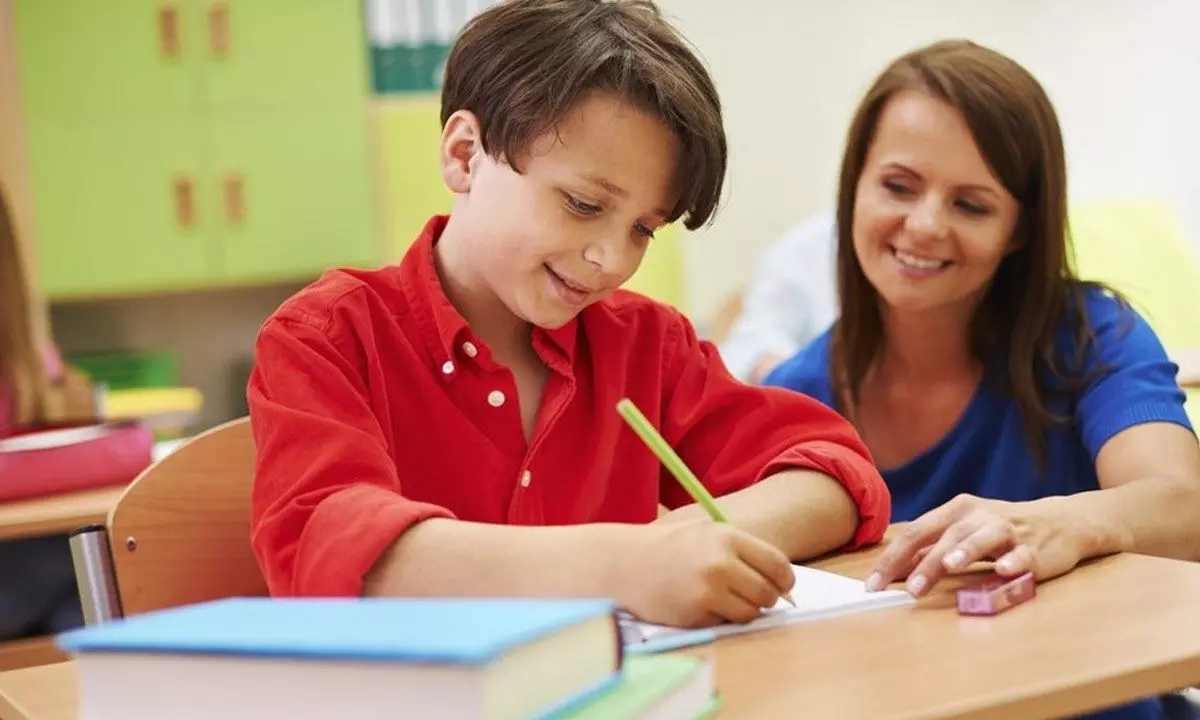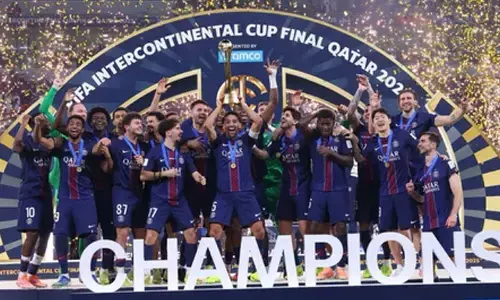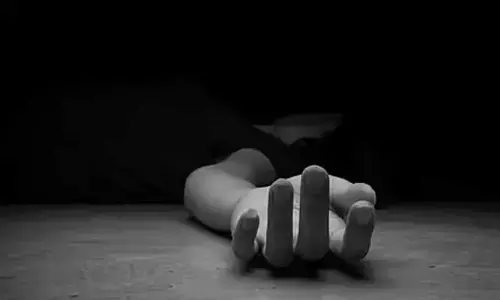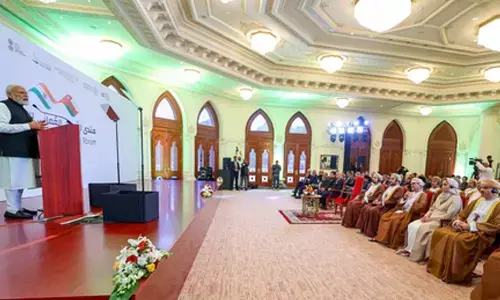Identifying and nurturing individual learning styles in pre-school students

Learning is an extremely personal experience.
Learning is an extremely personal experience. Every person is unique and consequently, every child faces his own challenges, preferences, and connections with learning as a whole. Learning styles describe how children choose to acquire, process, and remember new knowledge. Early education or pre-school years are an exciting period for kids as they start their educational journey. Educators need to acknowledge and support the learning styles of students in order to create an environment that supports their academic growth. In addition, by recognising a child’s preferred method of learning, an educator may design personalised materials which will improve academic performance and the overall educationexperience.
Identification of Primary Learning Styles
Identifying children’s basic learning styles is an essential step towards ensuring their academic success. There are three primary styles: visual, auditory, and kinesthetic. Visual learners grasp information better when it is presented graphically, such as through diagrams or charts. Auditory learners benefit most from listening to lectures or conversations, whereas kinesthetic learners often stick to hands-on activities such as experiments or group activities with classmates.
Analysing children’s natural inclinations and preferences is an effective technique to determine their primary learning style. Teachers may take note of how students behave in various situations, the activities they enjoy the most, and the topics that pique their interest. Educators may also think about their writing preferences, such as whether they prefer typing on a computer or handwriting. All of these cues will assist teachers in determining the type of learner a child is, which can further help them provide him with suitable materials.
Multi-Model Approaches
Many kids have a combination of two, or maybe all three, learning styles rather than just one. Here are some strategies that educators may use to assist these young kids with a variety of learning styles:
l Provide a variety of tools and materials to accommodate various learning preferences. Use diagrams, charts, and films for visual learners; audio recordings and talks for auditory learners; and hands-on exercises and movement-based projects for kinesthetic learners.
l To improve knowledge and retention, use a variety of senses during the learning process. For instance, while teaching mathematics topics, combine verbal explanations with tactile engagement by using manipulatives like counters or blocks.
l Make use of interactive websites, online learning environments, and educational applications that provide a range of learning opportunities for different learning styles. Children can interact with the information in ways that suit their interests in this way.
The importance of Pre-school
A preschool is an excellent place for determining children’s primary learning styles. It helps promote their entire development by exposing them to a variety of activities and experiences that can help hone their talents. Through these activities, teachers may examine how each individual learns best and develop teaching tactics suited to each student’s specific requirements and preferences. Furthermore, pre-schools create an atmosphere in which children feel comfortable enough to discover new things without fear, while also ensuring that they do not miss any important life skills that will better prepare them for future problems in life.
Conclusion
Understanding and adapting children’s learning styles is essential for their academic growth. Educators may establish inclusive and successful learning environments by acknowledging that studentsprocess knowledge in their own unique ways. Remember, learning styles evolve as a child grows. As a result, continuous observation and adaptation are required. By embarking on this journey of discovery, educators can foster children’s unique strengths and help them attain their greatest potential.
(The author is Founder & CEO, Bachpan Play School, Delhi)

















